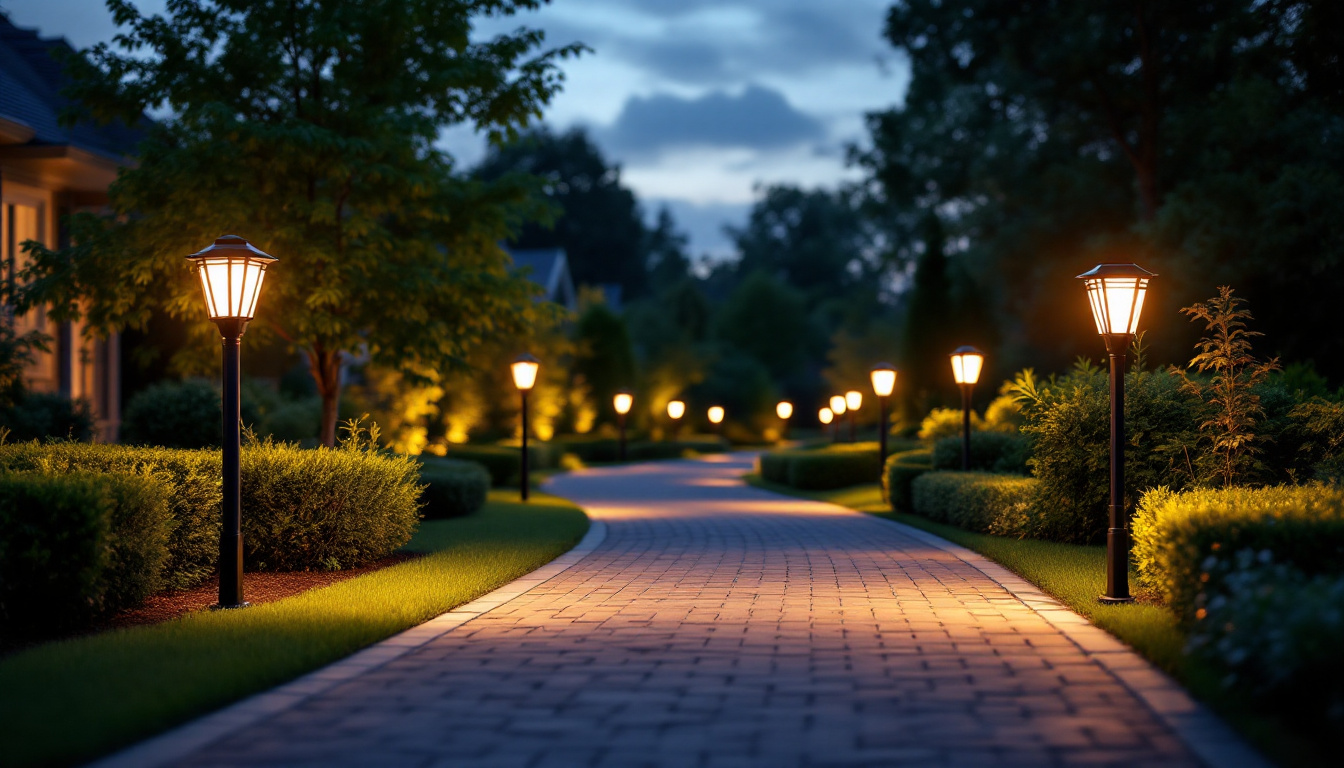
In the ever-evolving world of lighting design, LED room light strips have emerged as a versatile and efficient solution for both residential and commercial spaces. For lighting contractors, mastering the use of these strips can significantly enhance their offerings and elevate their projects. This article delves into the essential resources and knowledge that contractors need to effectively utilize LED light strips, ensuring they can meet the diverse needs of their clients.
LED light strips are flexible circuit boards populated with light-emitting diodes (LEDs). They are available in various lengths, colors, and brightness levels, making them suitable for a wide range of applications. Understanding the fundamentals of these strips is crucial for any lighting contractor looking to incorporate them into their designs. Their versatility allows them to be used in residential, commercial, and even industrial settings, providing both functional and aesthetic benefits.
LED light strips come in several types, each designed for specific applications. The most common types include:
When selecting LED light strips, contractors should consider several key features:
Another important aspect to consider is the adhesive backing of the LED strips. Many come with a strong adhesive that allows for easy installation on a variety of surfaces, but the quality of this adhesive can vary. For long-lasting applications, especially in areas with high humidity or temperature fluctuations, it may be necessary to use additional mounting hardware or adhesive solutions to ensure the strips remain securely in place. Furthermore, the flexibility of LED strips allows them to be cut to size, making them adaptable to unique spaces and design requirements.
Lastly, the control options for LED light strips have evolved significantly. Many strips now come with smart technology, allowing users to control brightness, color, and even scheduling through smartphone apps or voice assistants. This feature not only enhances convenience but also enables energy savings by allowing users to turn off lights remotely or set timers for automatic shut-off. As smart home technology continues to advance, integrating LED strips into a comprehensive lighting system can elevate both functionality and user experience.
Proper installation is crucial for maximizing the performance and longevity of LED light strips. Lighting contractors must be familiar with various installation techniques to achieve optimal results.
Before installation, careful planning is essential. Contractors should assess the space, determine the lighting needs, and decide on the placement of the strips. This involves measuring the area and considering factors such as:
LED light strips can be mounted in various ways, depending on the application and aesthetic preferences:
Choosing the right power supply and control options is vital for the successful operation of LED light strips. Understanding these components can help contractors provide a seamless lighting experience for their clients.
The power supply is responsible for converting the mains voltage to the appropriate voltage required by the LED strips. When selecting a power supply, consider:
Control systems enhance the functionality of LED light strips, allowing for customizable lighting effects. Options include:
LED light strips offer endless design possibilities, making them a favorite among lighting contractors. Understanding the various applications can help contractors deliver innovative solutions to their clients.
In residential settings, LED light strips can be used in numerous ways:
In commercial spaces, LED light strips can enhance branding and functionality:
To ensure the longevity of LED light strips, routine maintenance is essential. Understanding common issues and their solutions can save contractors time and resources.
Regular maintenance can help prevent issues and keep LED strips functioning optimally:
Contractors should be prepared to troubleshoot common problems, such as:
Staying updated with the latest trends and technologies in LED lighting is essential for lighting contractors. Here are some valuable resources for continued learning:
Many organizations offer online courses and webinars focused on LED lighting technology, installation techniques, and design principles. Participating in these can enhance a contractor’s skills and knowledge base.
Subscribing to industry publications and blogs can provide insights into the latest products, technologies, and design trends. These resources often feature case studies and expert opinions, which can be invaluable for contractors looking to expand their expertise.
Joining professional associations and attending industry events can facilitate networking with other lighting professionals. These connections can lead to knowledge sharing, collaboration opportunities, and staying informed about industry advancements.
LED room light strips represent a significant advancement in lighting technology, offering versatility, efficiency, and aesthetic appeal. For lighting contractors, mastering the use of these strips is essential for delivering high-quality lighting solutions that meet the diverse needs of clients. By understanding the types, installation techniques, power supply options, and design applications, contractors can elevate their projects and enhance their professional offerings. Continuous learning and staying updated with industry trends will further empower contractors to excel in this dynamic field.
Ready to take your lighting projects to the next level with LED room light strips? Look no further than LumenWholesale, where we provide contractors with the highest quality, spec-grade lighting products at unbeatable wholesale prices. Say goodbye to local distributor markups and hello to superior lighting that meets the highest industry standards. With our hassle-free bulk buying and free shipping, you can trust that you’re getting the best value without any hidden fees. Elevate your lighting solutions today and experience the perfect blend of quality, affordability, and convenience. Visit LumenWholesale for Wholesale Lighting at the Best Value.

Discover how lighting contractors can enhance their services and boost profits by incorporating solar light driveway posts.

Discover effective strategies for training your team in the installation and optimization of 6-inch LED recessed downlights.

Discover the essential guide for lighting contractors on LED light coverings.

Discover how LED outside flood light fixtures are transforming outdoor spaces with real-world success stories from lighting contractors.